The radiology department of Guzhen People’s Hospital has entered a new era of "AI-aided diagnosis of artificial intelligence"!
In order to improve the efficiency of imaging examination and better serve patients, the imaging department of Guzhen County People’s Hospital introduced artificial intelligence AI imaging diagnosis system to assist imaging doctors to provide faster and more accurate examination and diagnosis for the majority of patients.
Recently, the medical imaging department of Guzhen County People’s Hospital has introduced the world’s advanced artificial intelligence (AI) aided diagnosis system (pulmonary nodules, rib fractures, coronary arteries, head and neck vessels, stroke), which means that doctors have joined hands with "AI", and the medical imaging department has officially entered the era of intelligent medical care, providing more accurate, fast and efficient imaging diagnosis for the majority of patients, so that more patients can get timely diagnosis and treatment at an early stage.
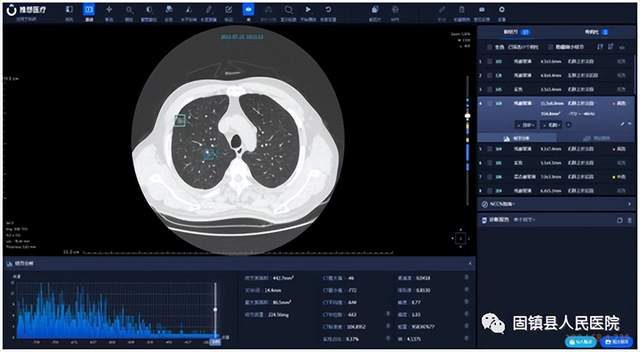
AI artificial intelligence, leaving pulmonary nodules nowhere to hide
Early detection and treatment of lung cancer can greatly improve the quality of life and survival rate of patients. As the manifestation of early lung cancer, regular screening of pulmonary nodules is particularly important. Chest CT is the first choice for early screening of lung cancer. A chest CT examination will produce at least 400 CT images, which are great pressure and challenge to doctors’ eyesight, physical strength and endurance. However, naked eye screening is hard to avoid, especially for small pulmonary nodules close to blood vessels, which are prone to missed diagnosis. AI-aided diagnosis system for pulmonary nodules effectively solves this problem. It adopts advanced adaptive network technology and rule algorithm, and incorporates the deep learning and expert experience of a large number of selected cases. It can "carpet screen" every image scanned by chest CT in about 5 seconds, automatically mark suspicious parts, automatically detect the density, size and other related information of nodules, accurately locate the location of nodules and judge the types of nodules. It is highly sensitive and specific for the diagnosis of various pulmonary nodules, greatly improving the detection rate of tiny lesions, and generating a detection guide with one click.
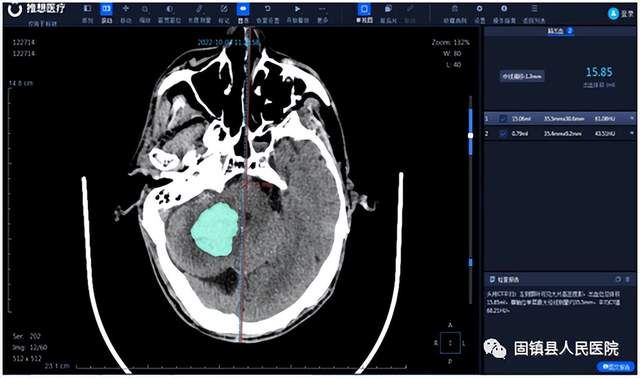
AI artificial intelligence, automatic analysis of cerebral hemorrhage
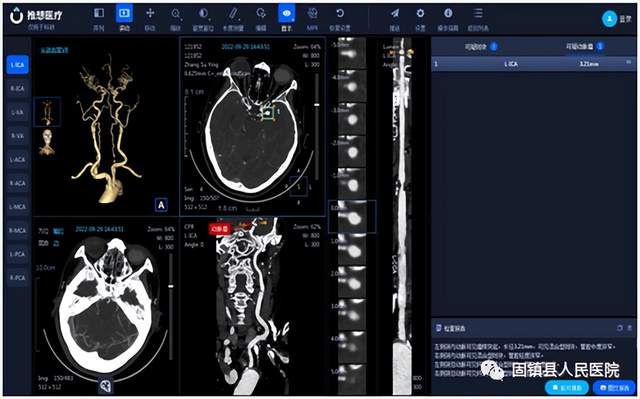
AI artificial intelligence, sharp eyes detect small aneurysms
At present, the intelligent diagnosis of brain diseases includes cerebral hemorrhage, cerebral atherosclerosis, intracranial aneurysm and carotid vulnerable plaque evaluation. Intracerebral hemorrhage is a refractory disease with high mortality and disability rate in neurosurgery. AI+ head CT, based on machine vision and deep learning technology, bleeding volume, to determine whether there is cerebral hernia.
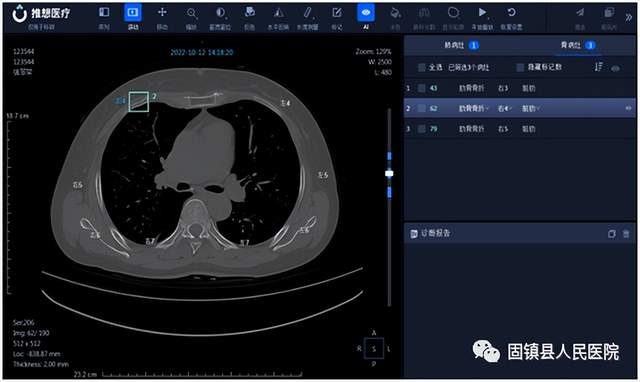
AI artificial intelligence, hidden fracture is no longer hidden.
AI can have a very high detection rate of rib fractures, especially occult fractures, based on chest CT data, and can accurately mark the accurate location and fracture type interpretation of rib fractures in patients with chest trauma.
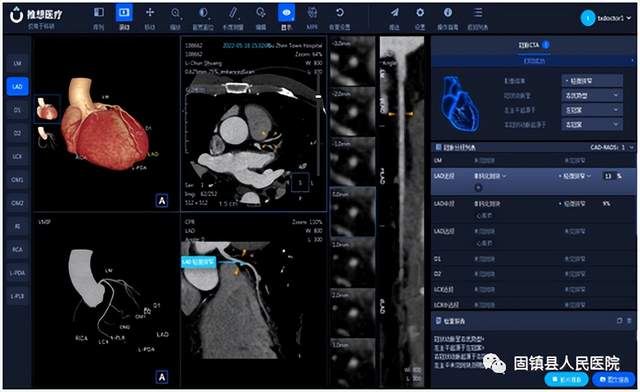
AI artificial intelligence helps standardize the diagnosis and treatment of coronary heart disease
Artificial intelligence-assisted coronary CTA has high accuracy and sensitivity. It can automatically identify blood vessels, complete the identification of blood vessel segments, and at the same time, automatically complete the assessment of vascular stenosis and plaque properties, provide suggestions for plaque risk, improve the diagnostic efficiency, and promote the standardization of diagnosis and treatment of coronary heart disease.
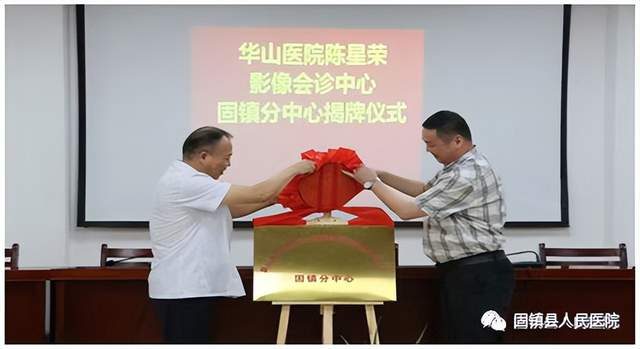
At the same time, in order to actively integrate into the Yangtze River Delta integration and develop medical and health work with high quality, improve the professional quality of medical staff and facilitate residents’ medical treatment in Guzhen, Guzhen County People’s Hospital and Huashan Hospital affiliated to Fudan University in Shanghai set up Guzhen Sub-center of Chen Xingrong Imaging Consultation Center of Huashan Hospital affiliated to Fudan University, and carried out online and offline face-to-face consultation and remote consultation, opening a one-stop mode from medical treatment, examination, screening, diagnosis to treatment, so that smart medical treatment can enter ordinary people’s lives and empower medical efficiency. Let many patients relieve their troubles.